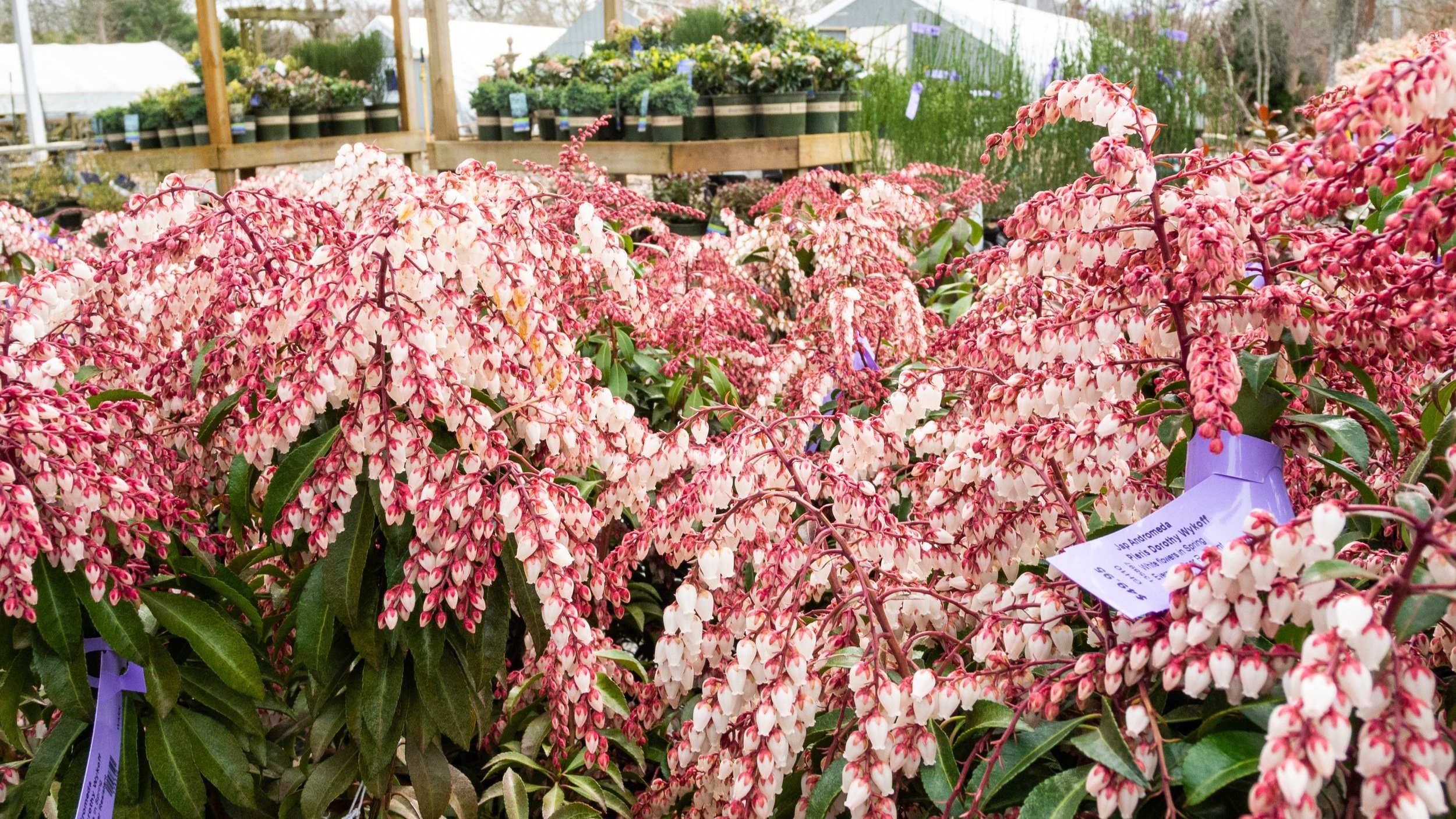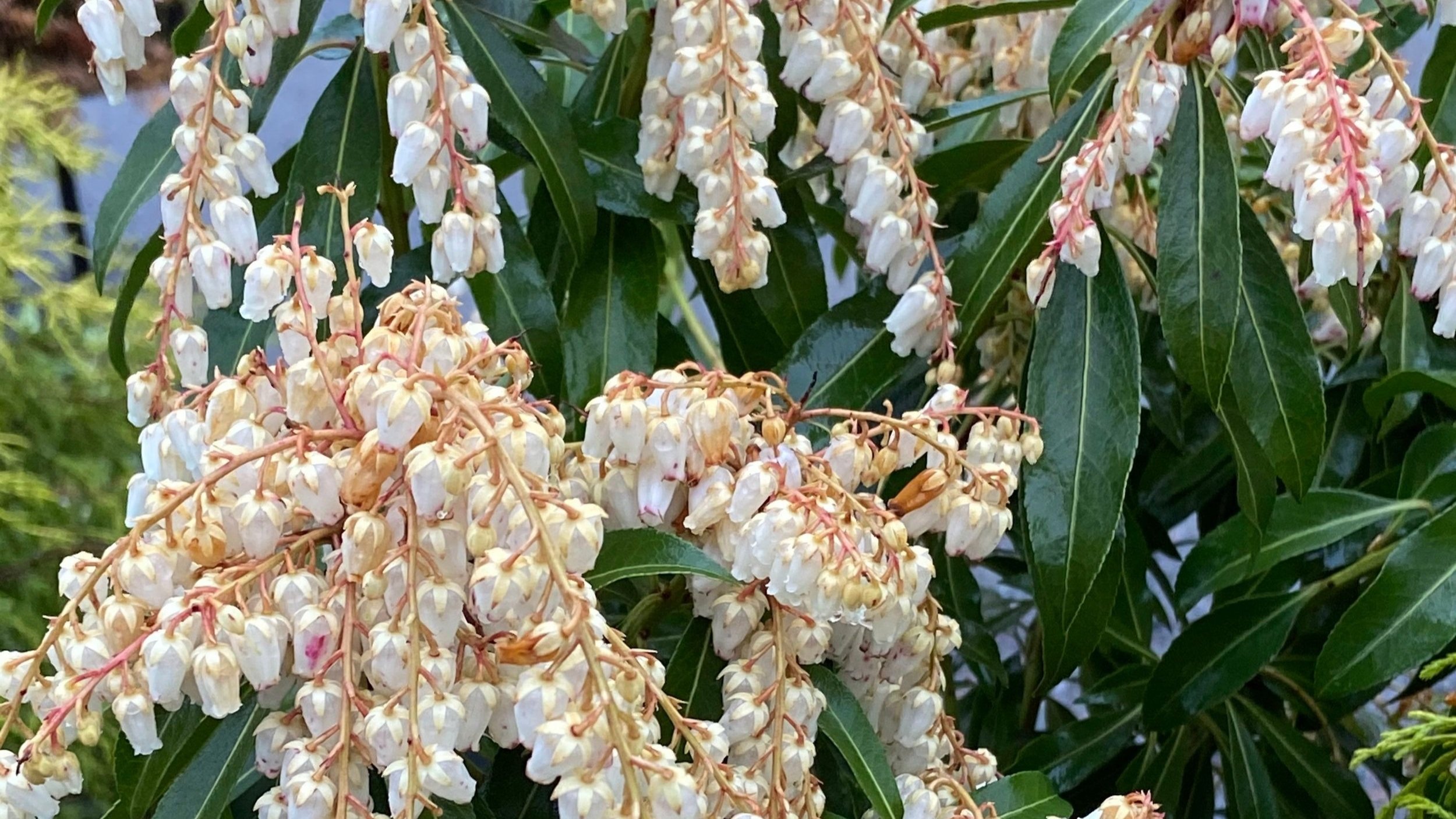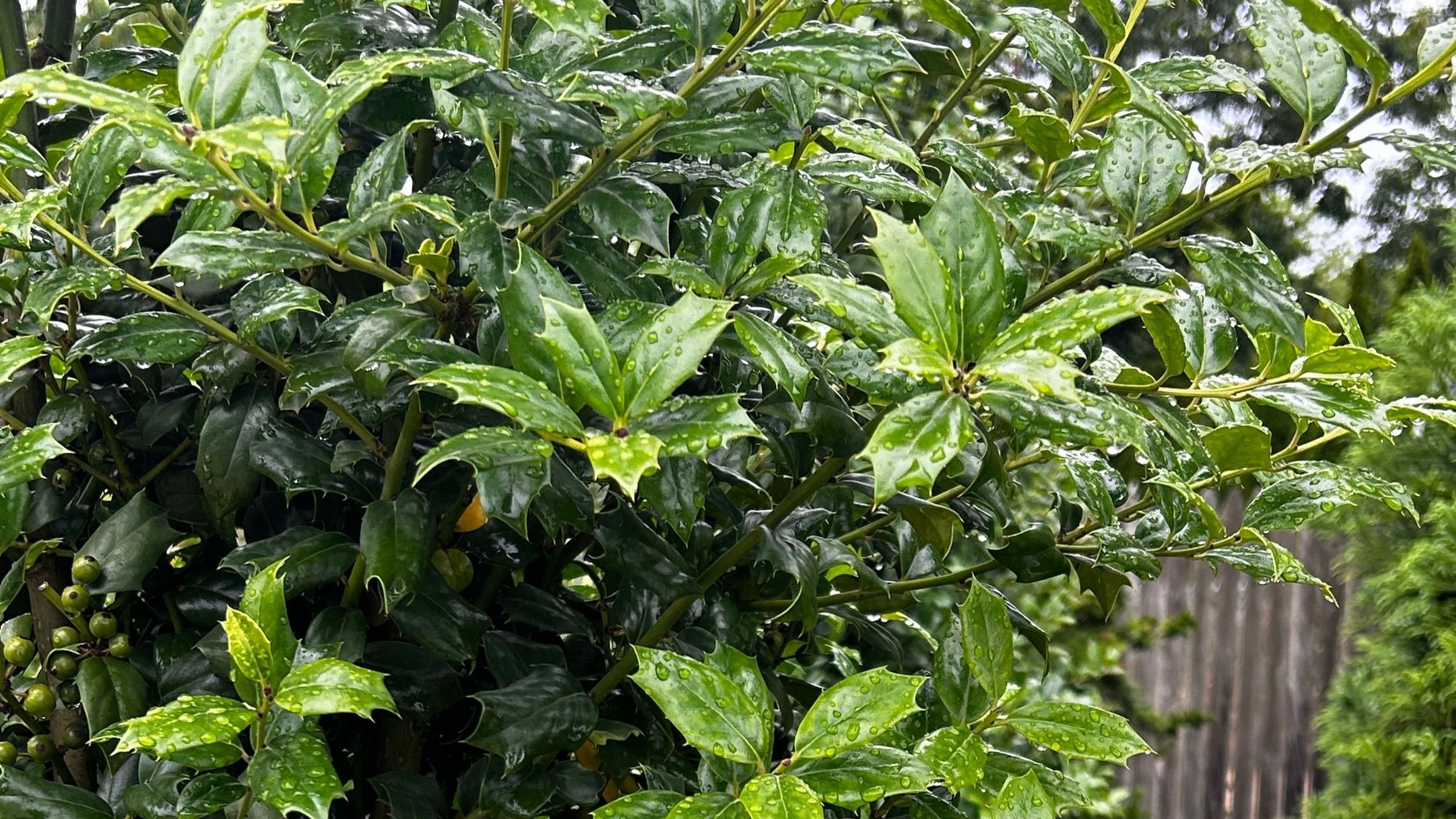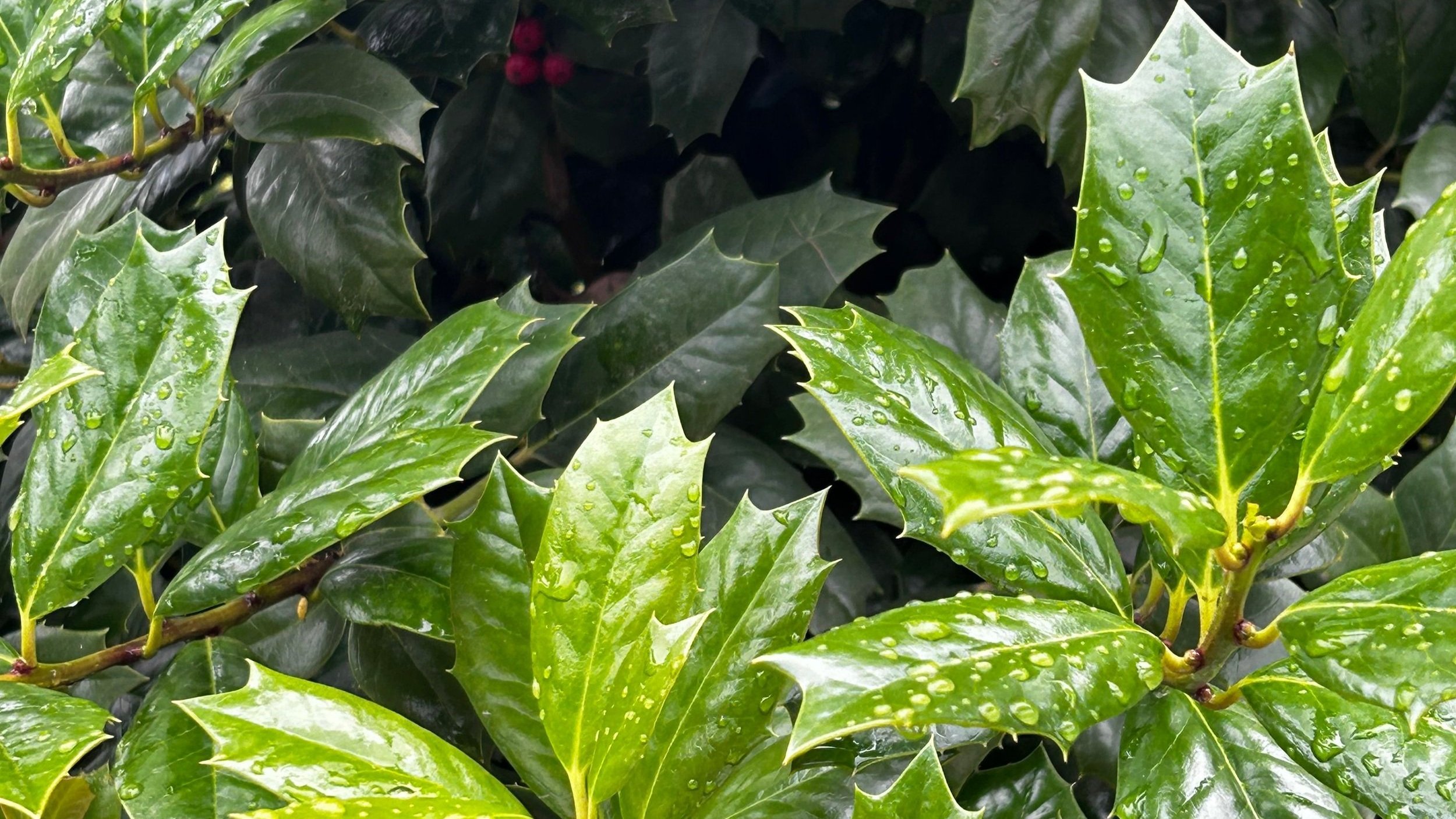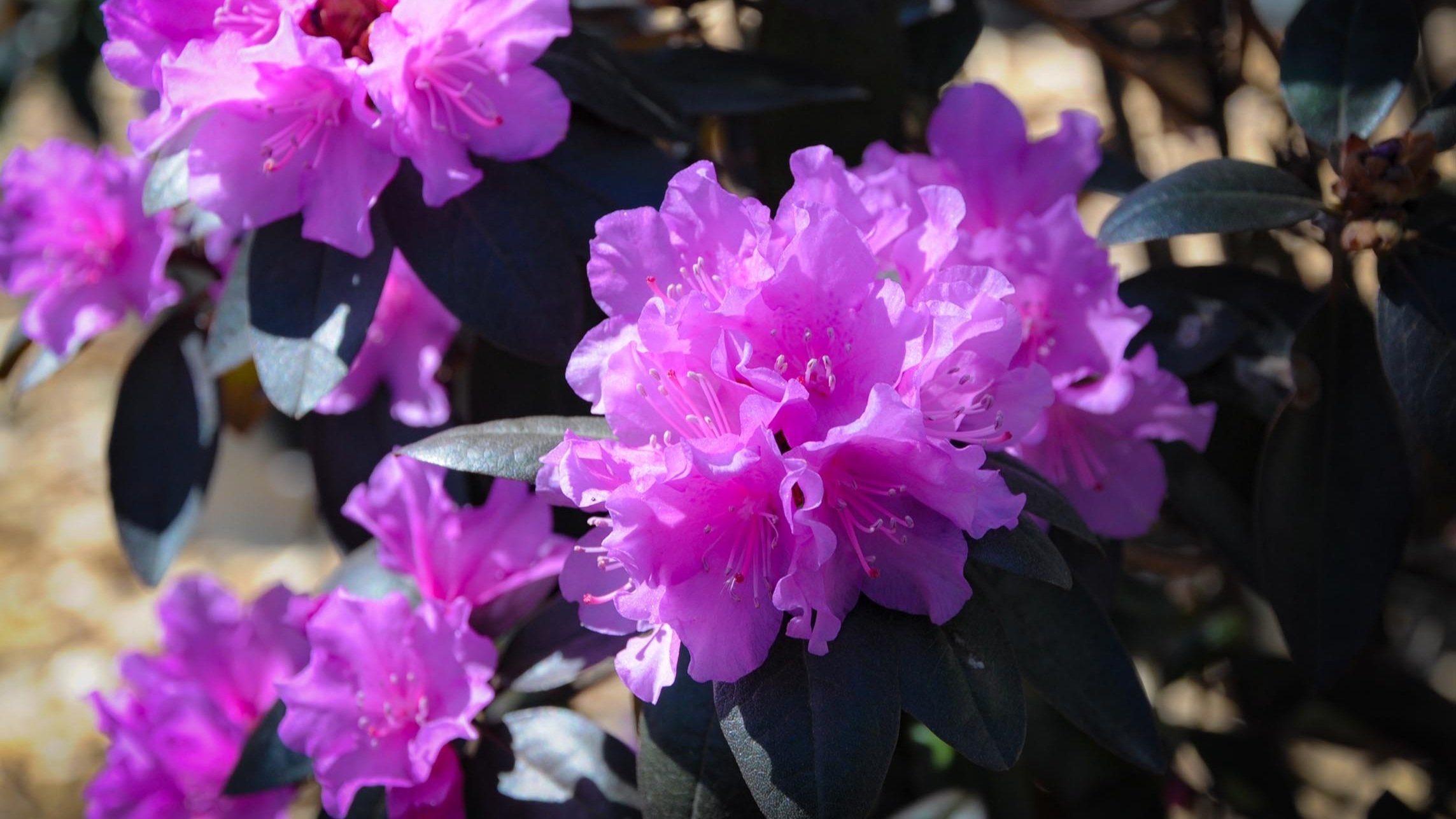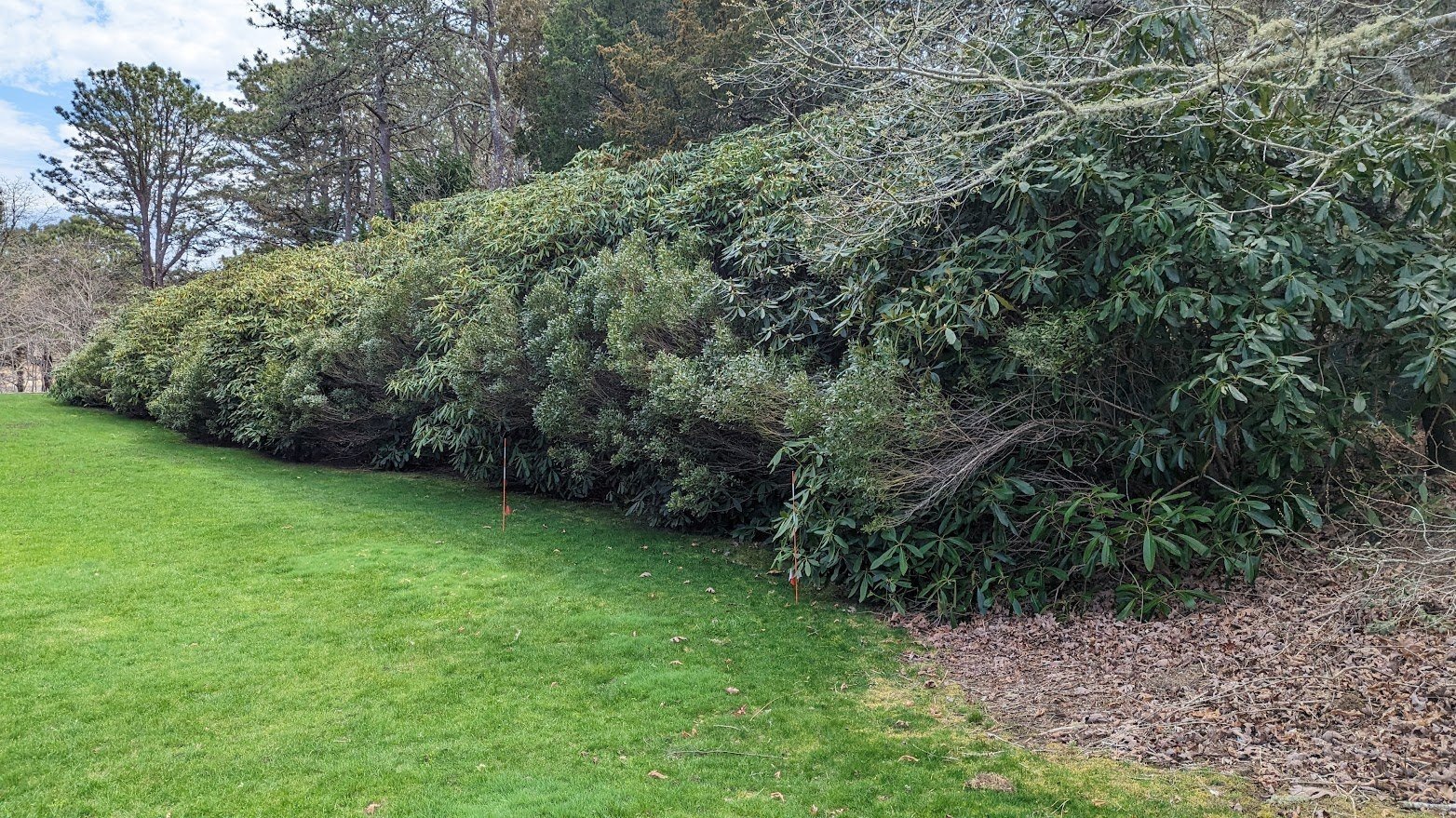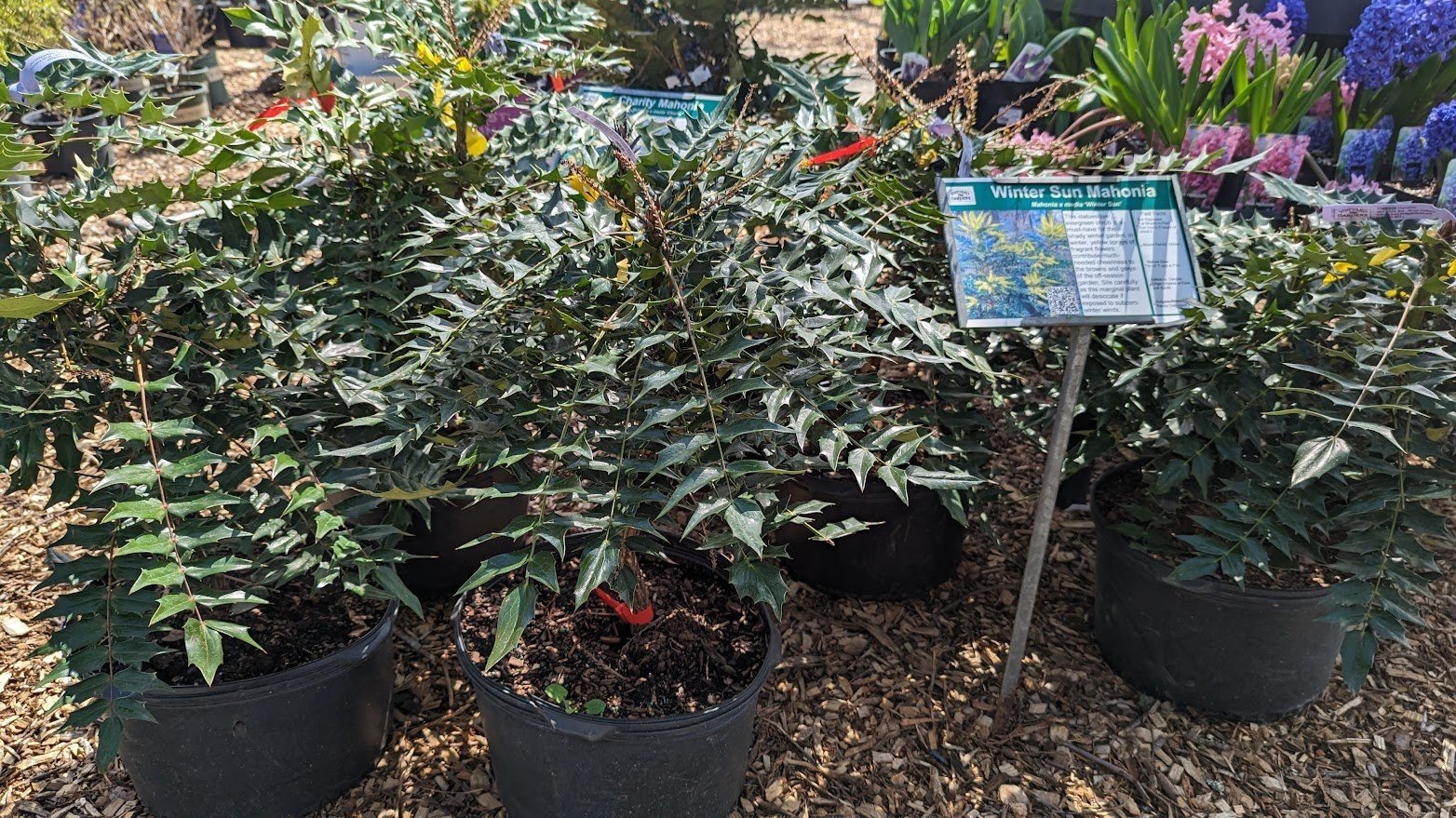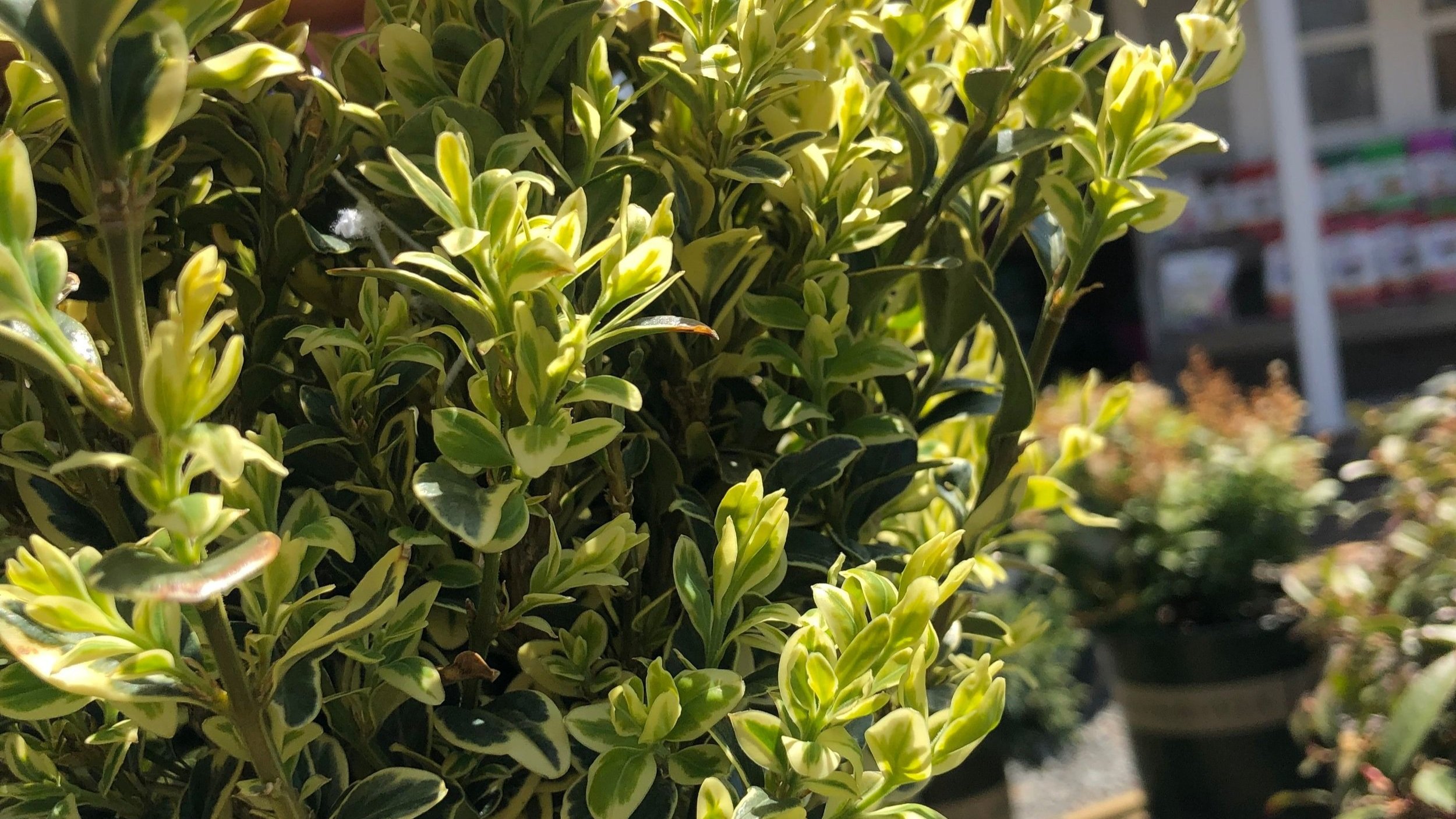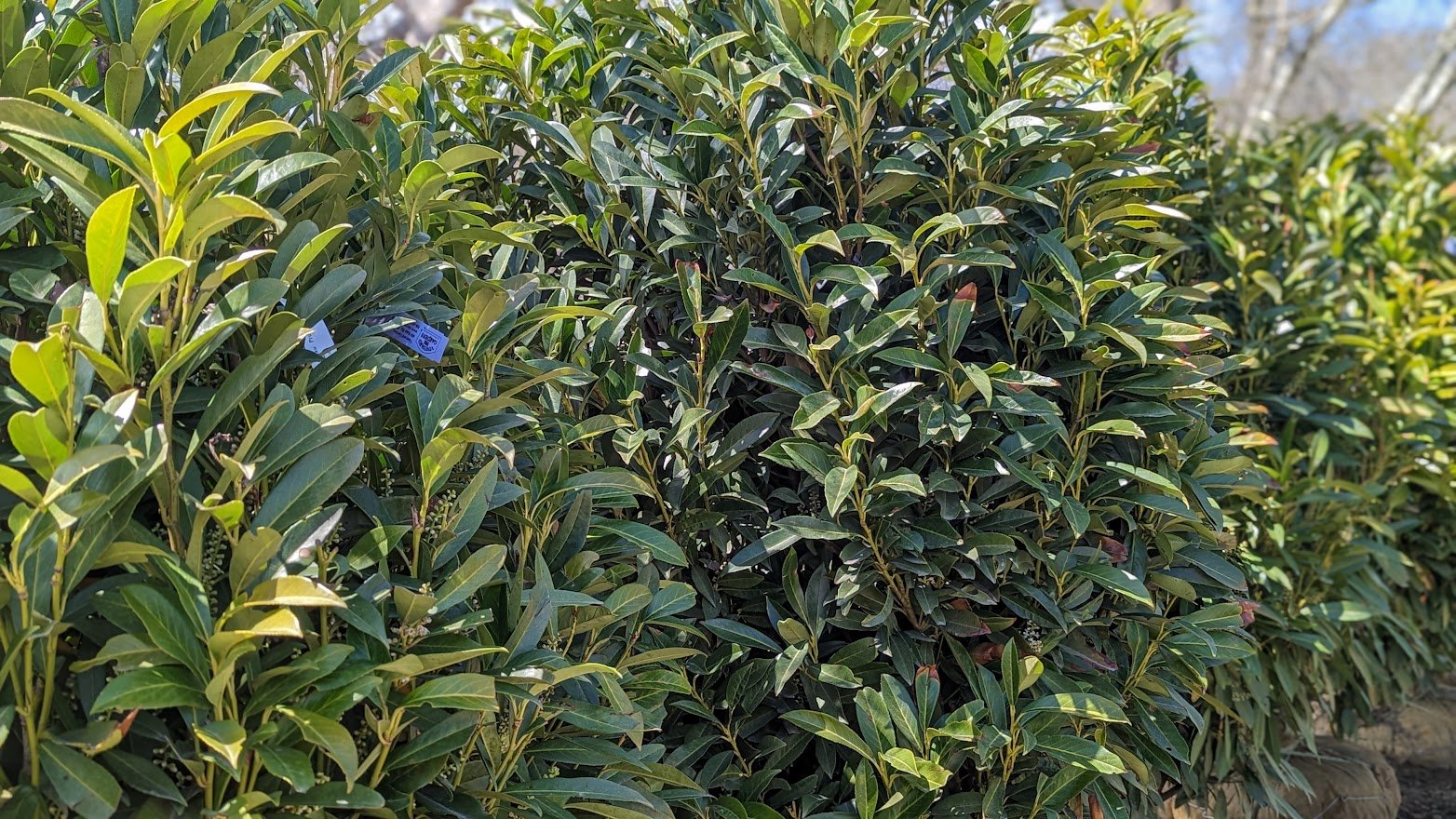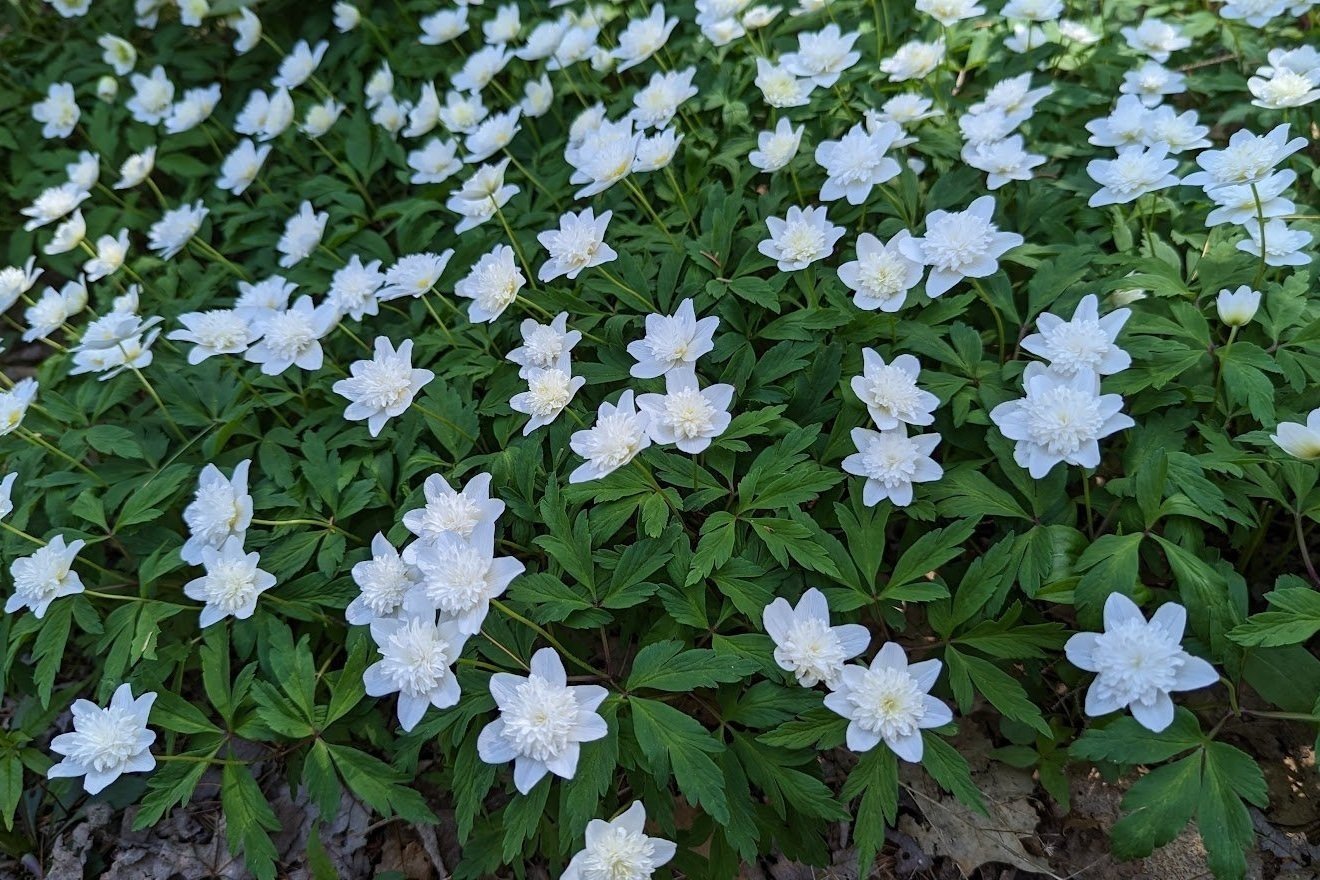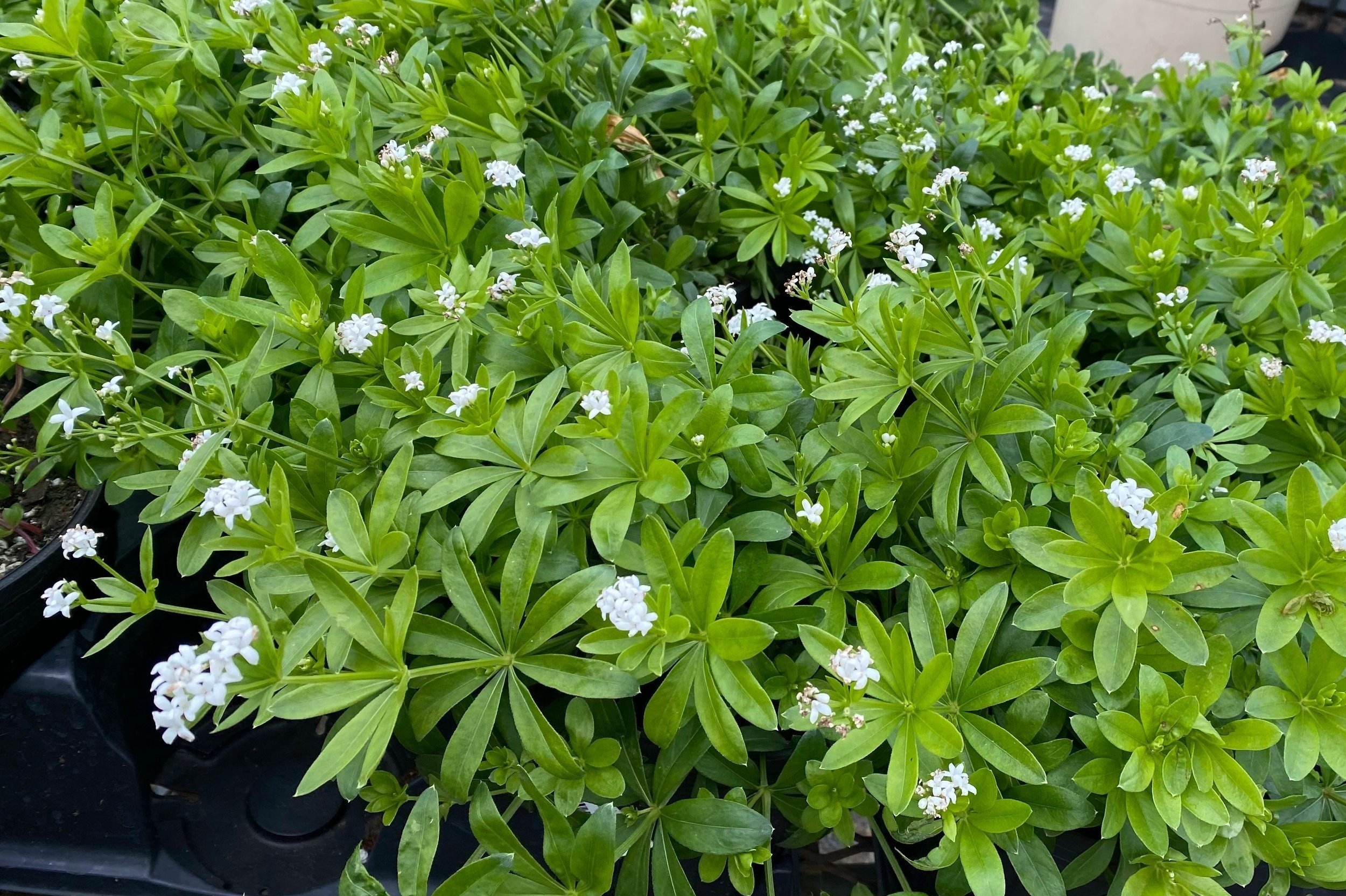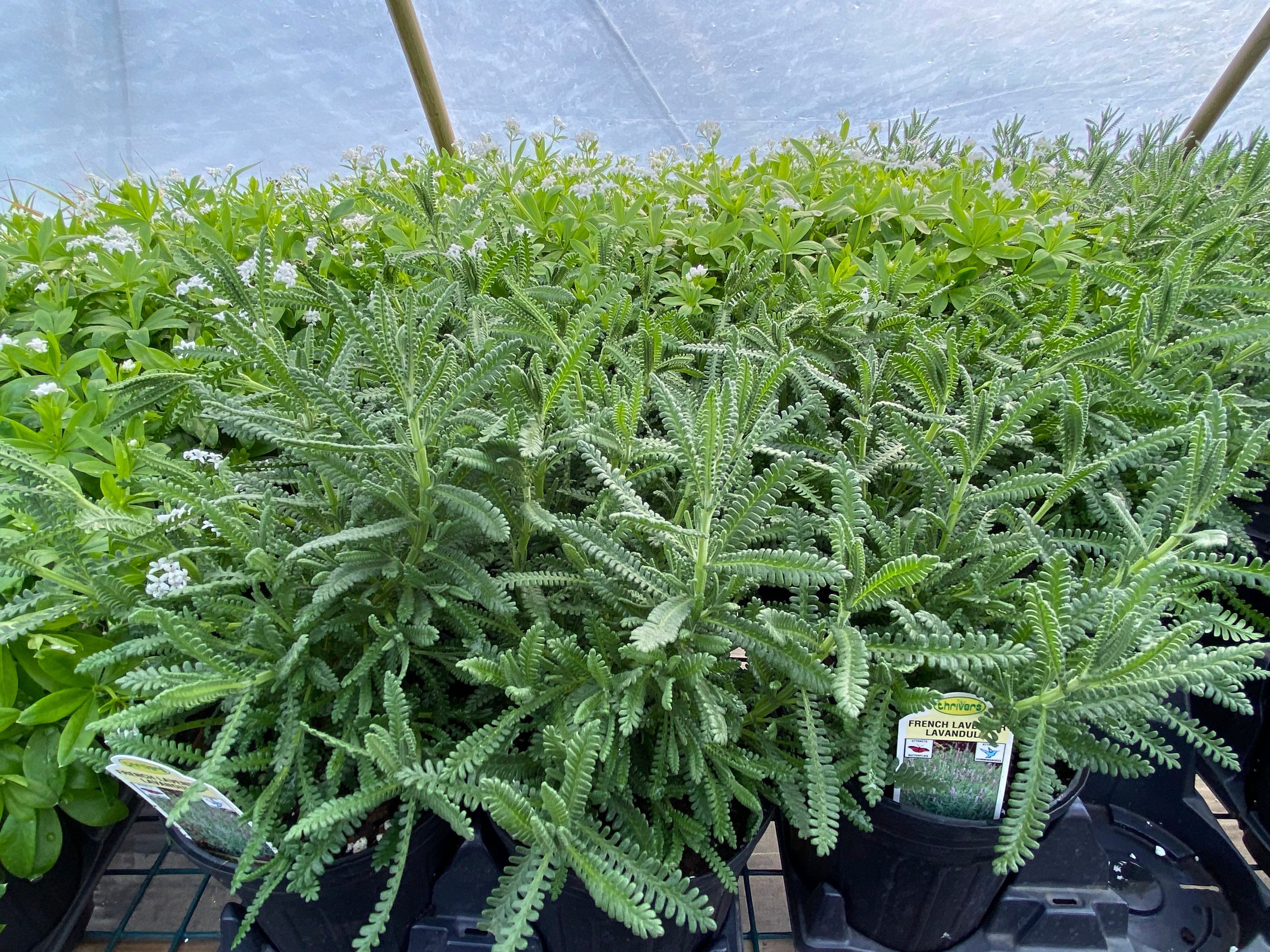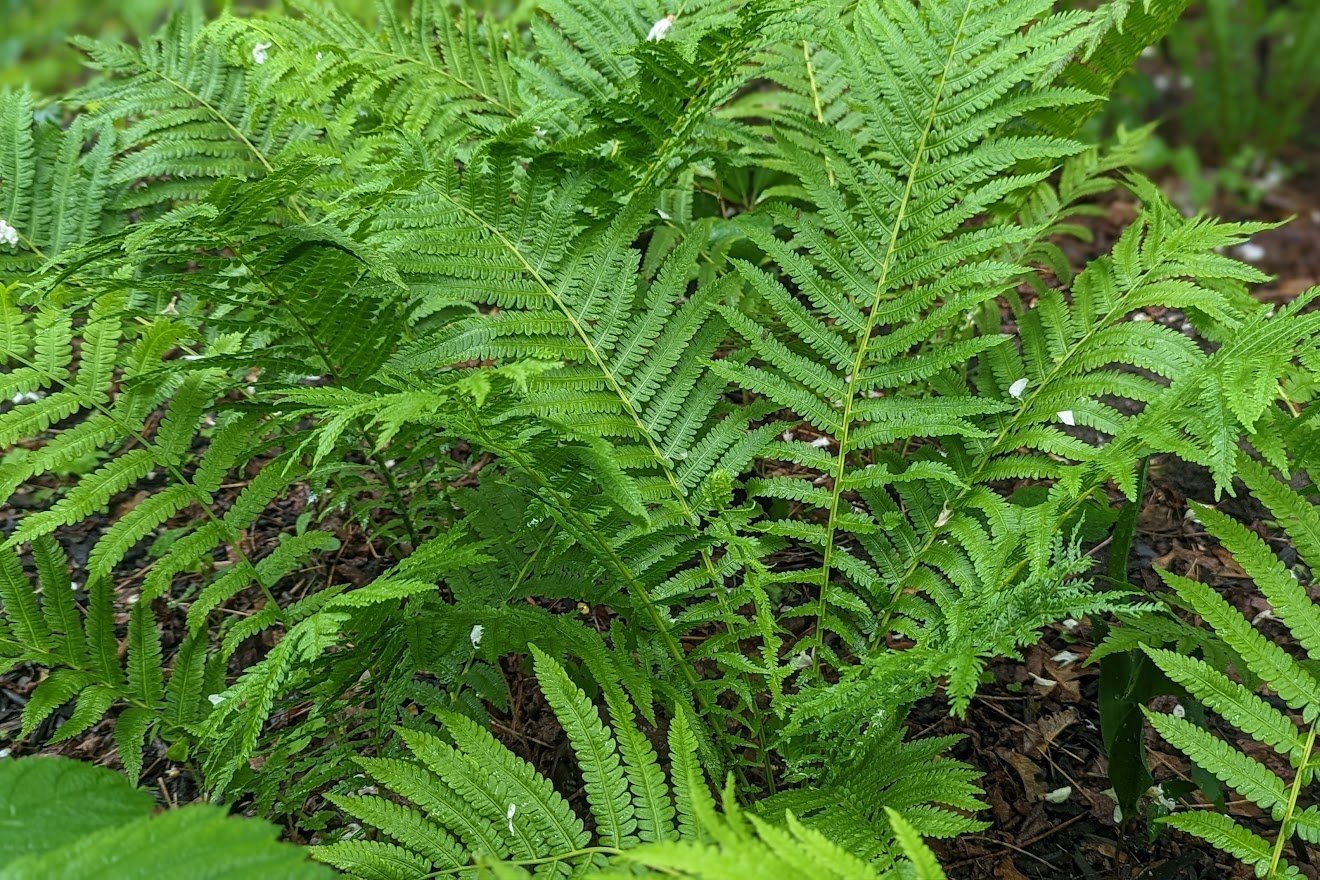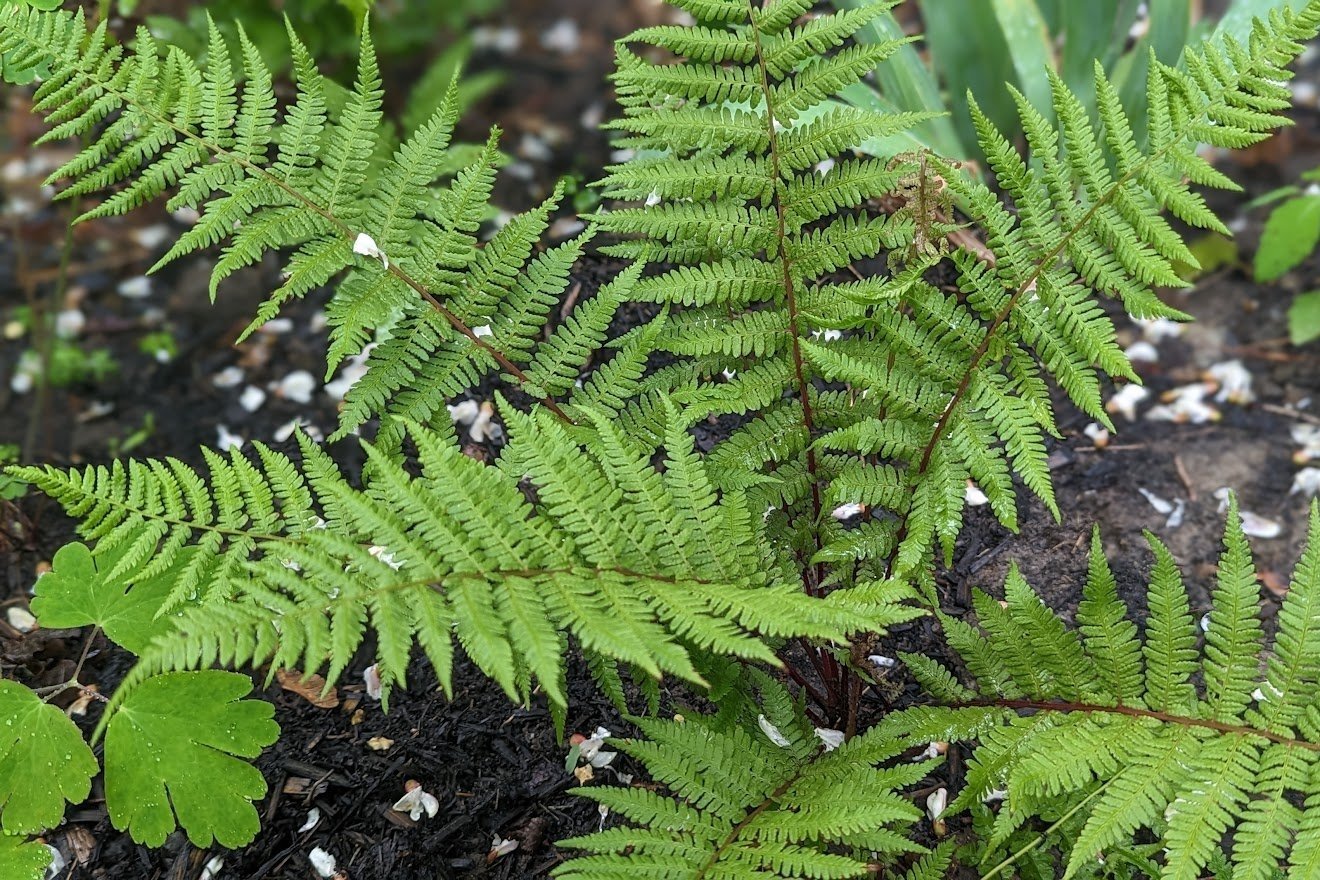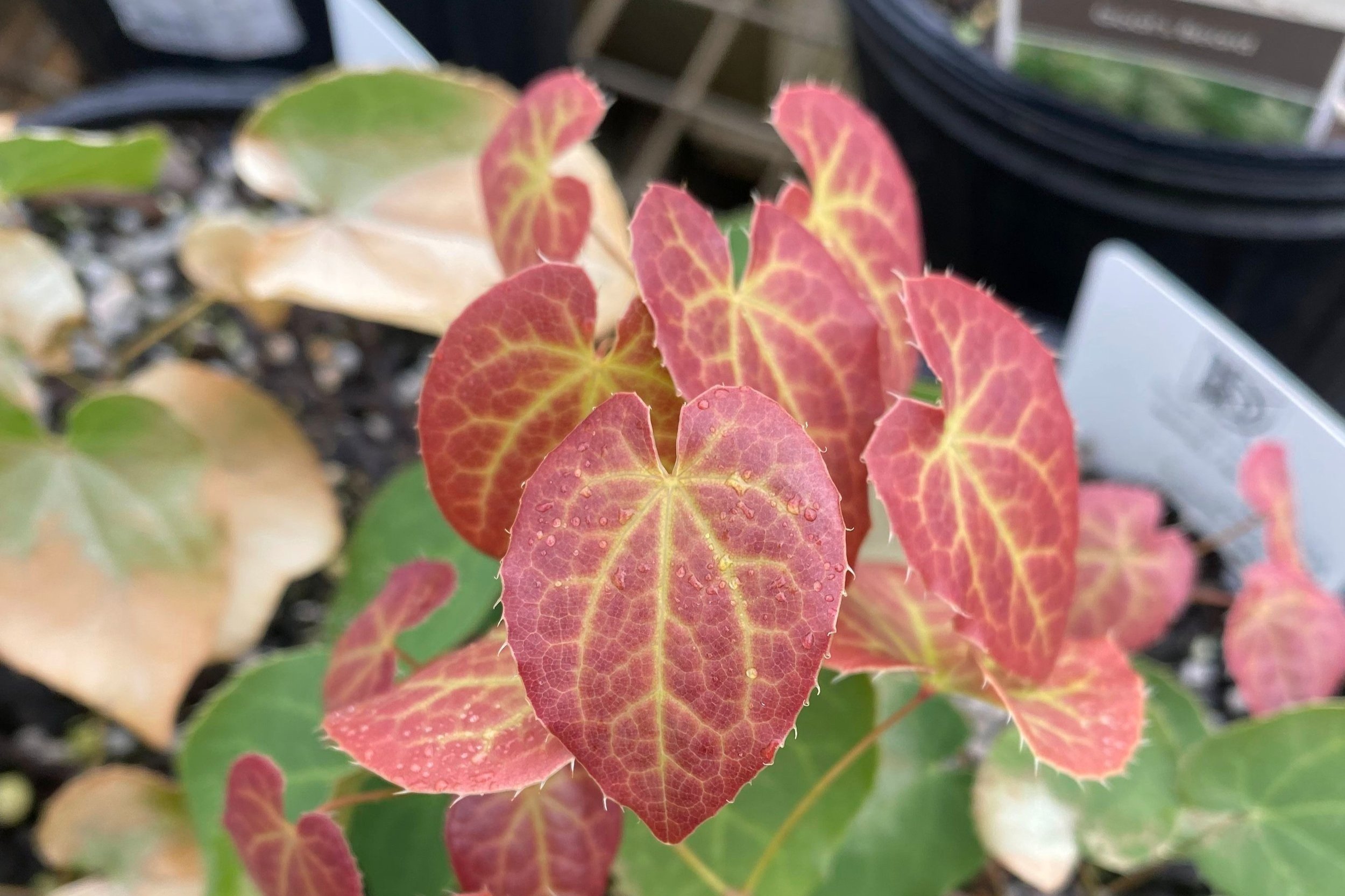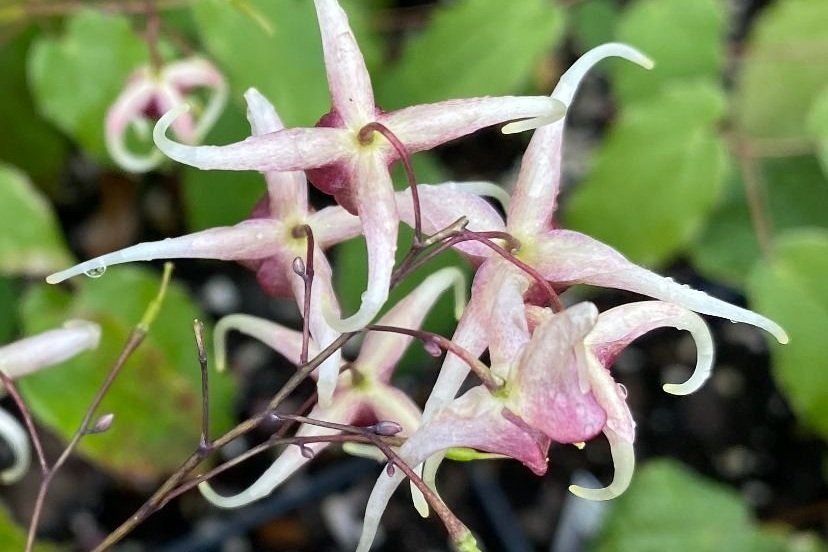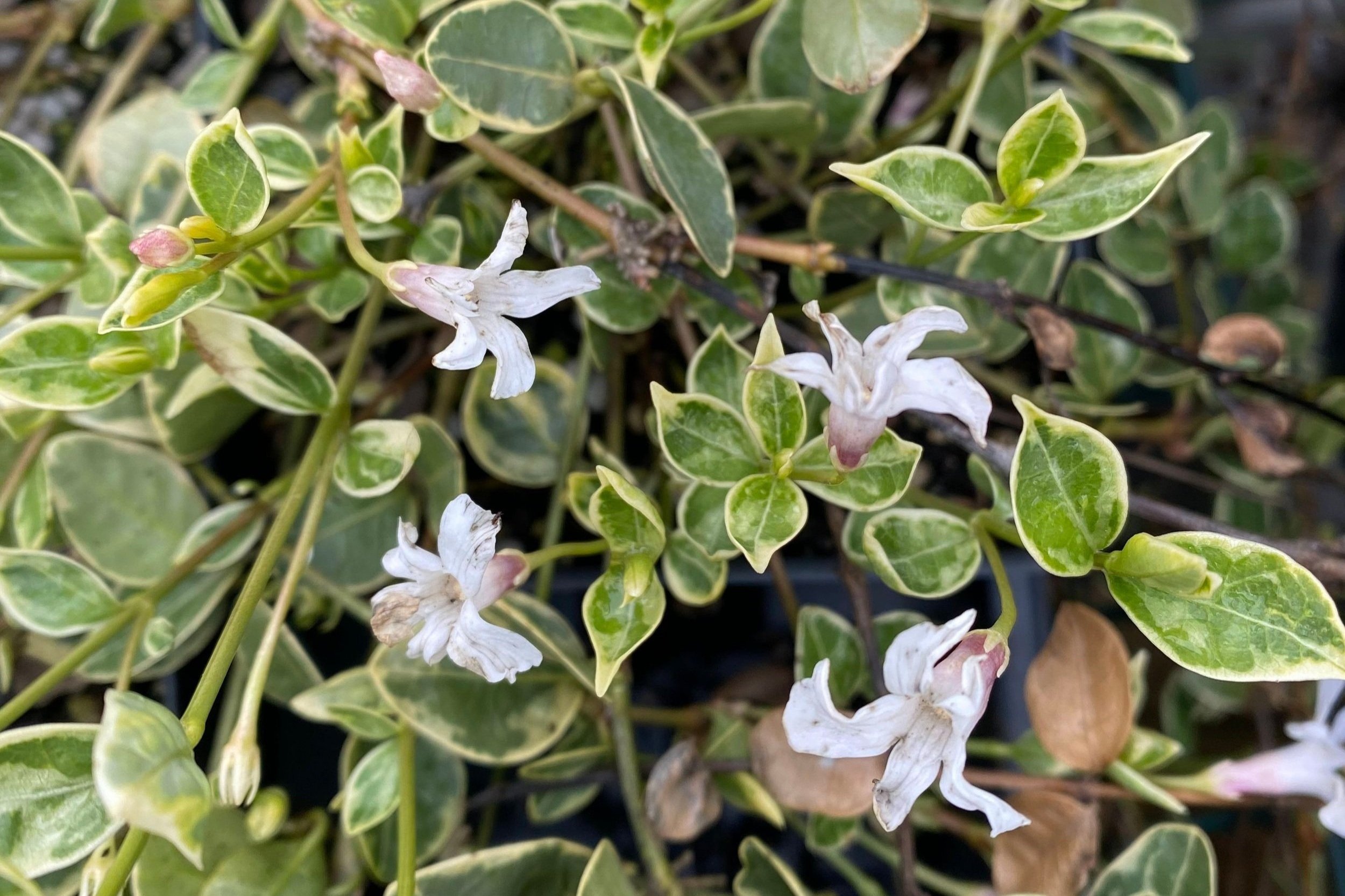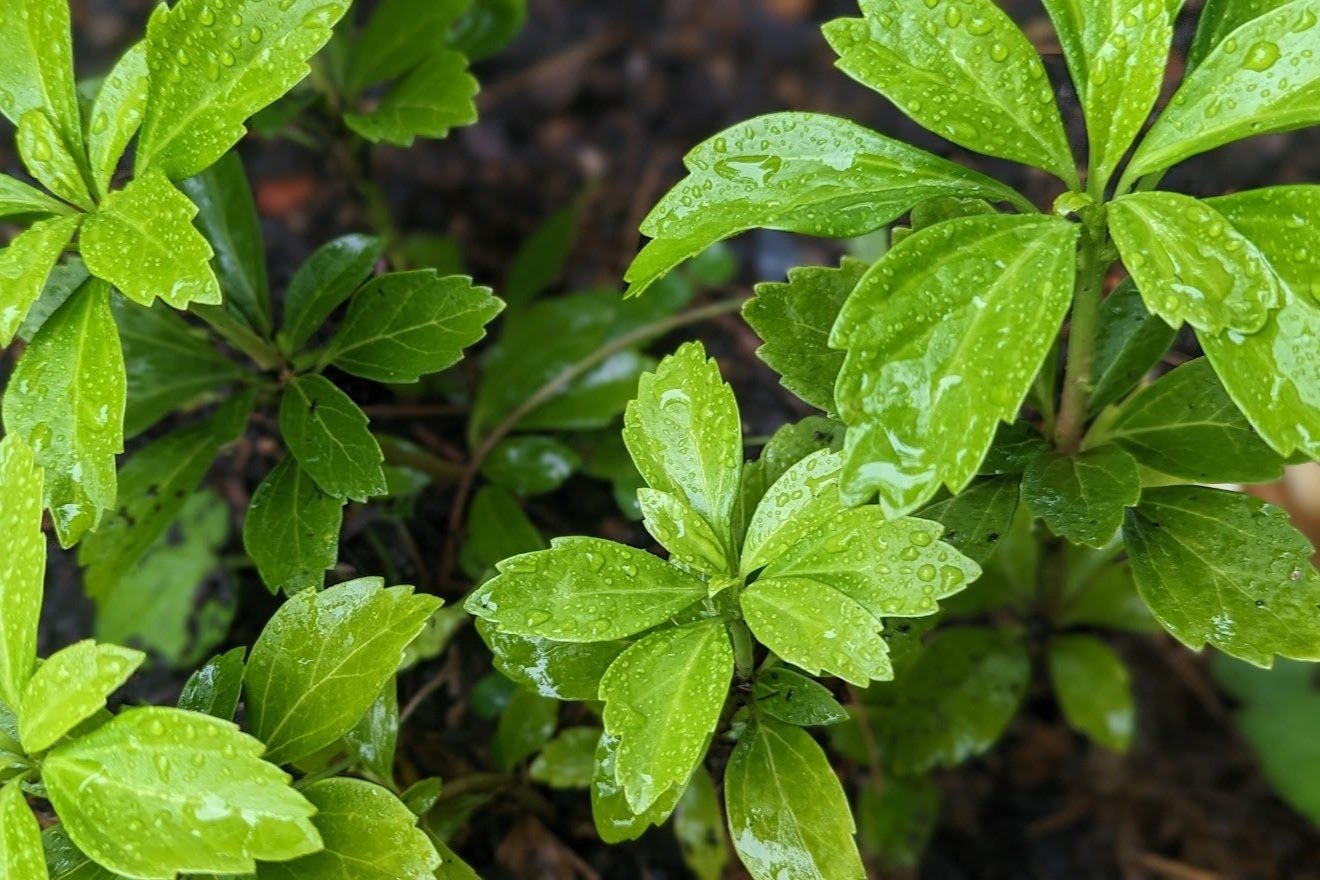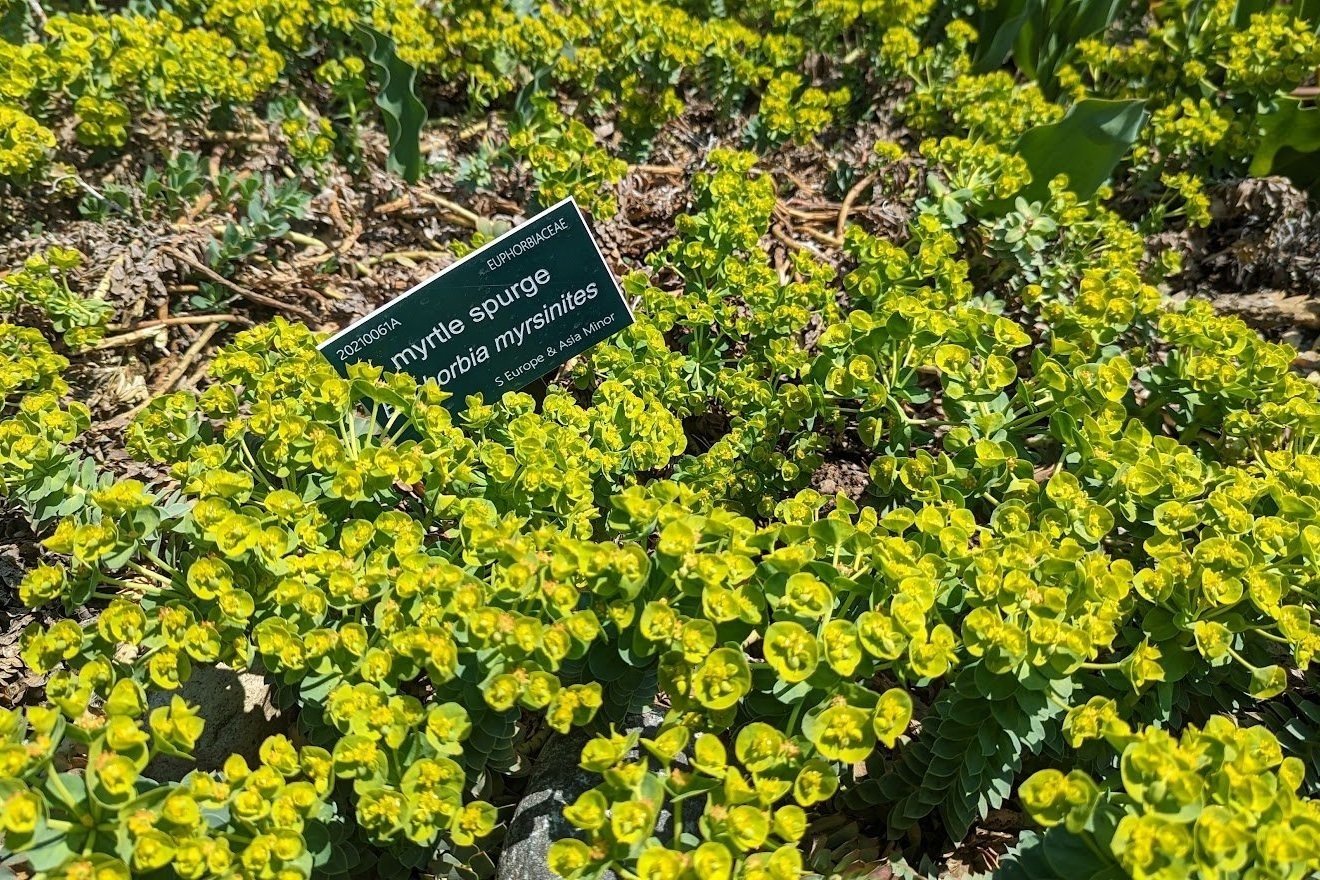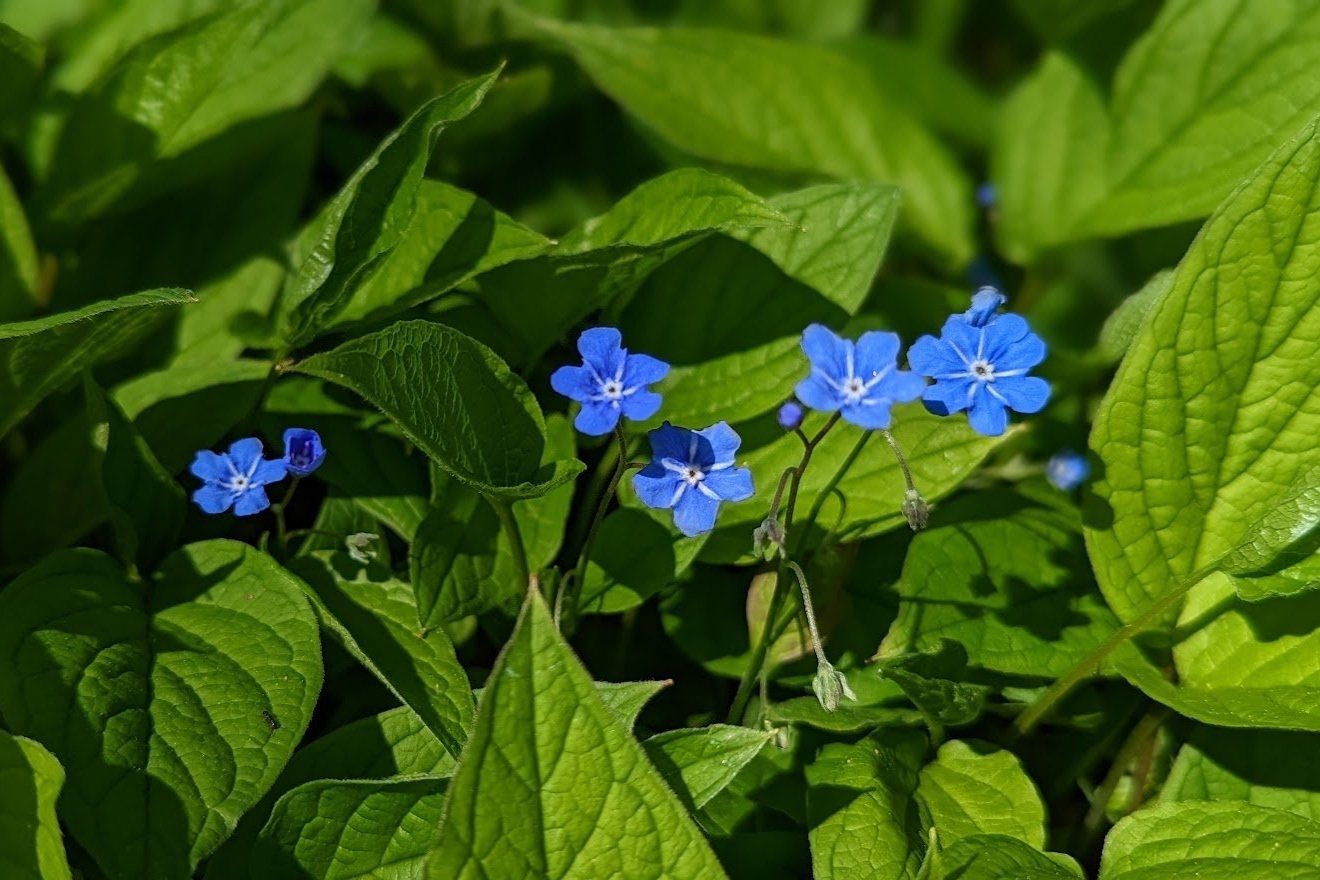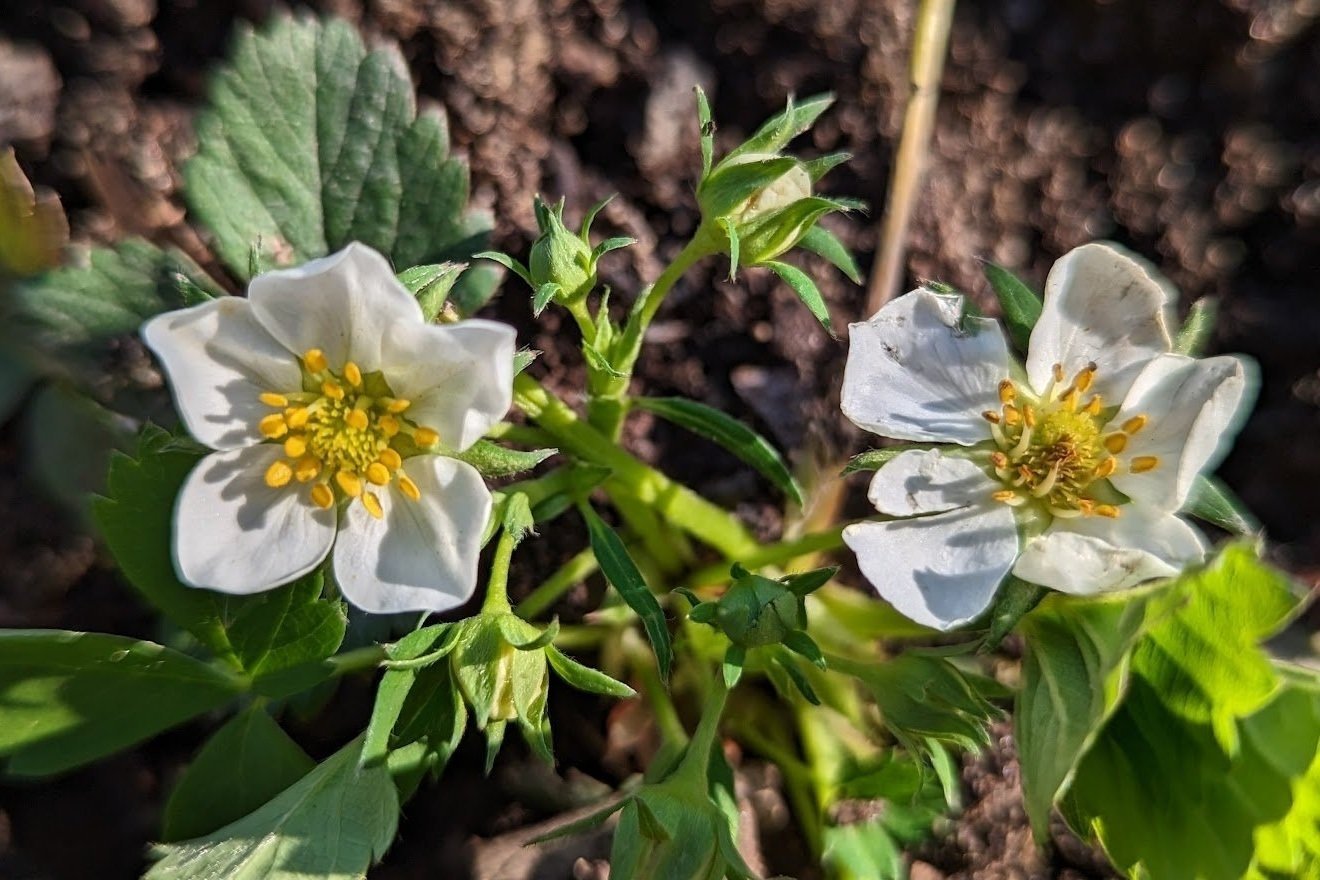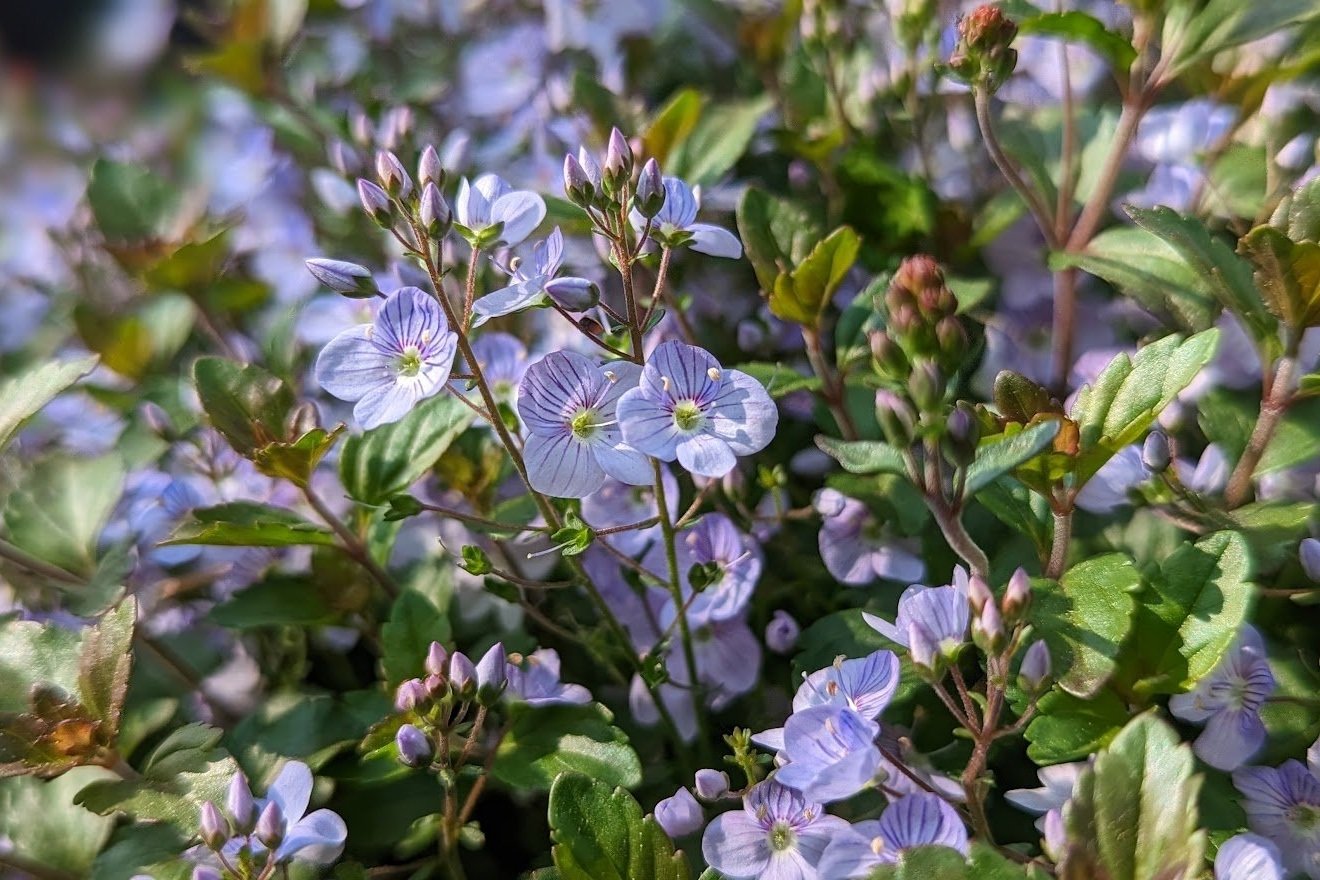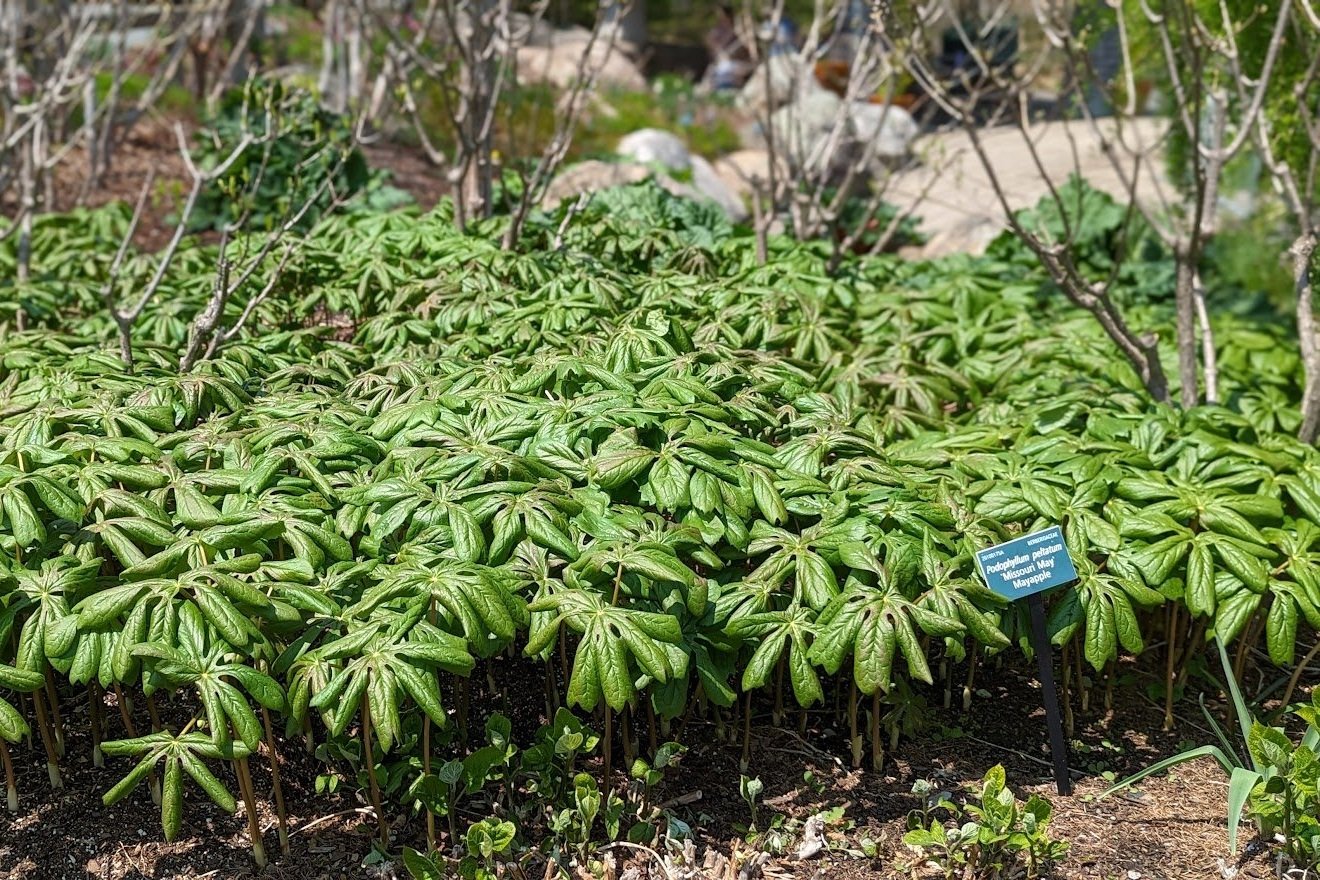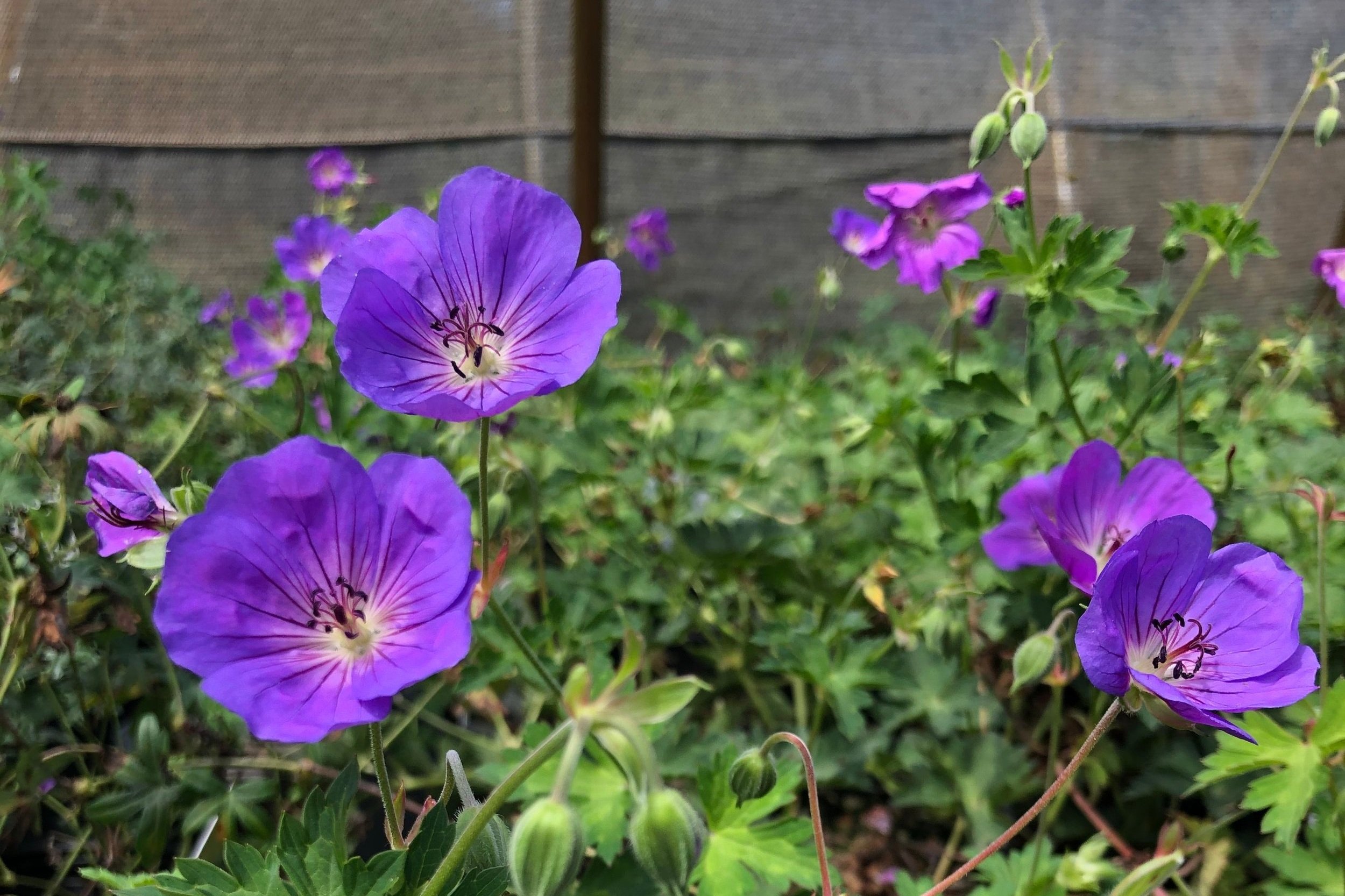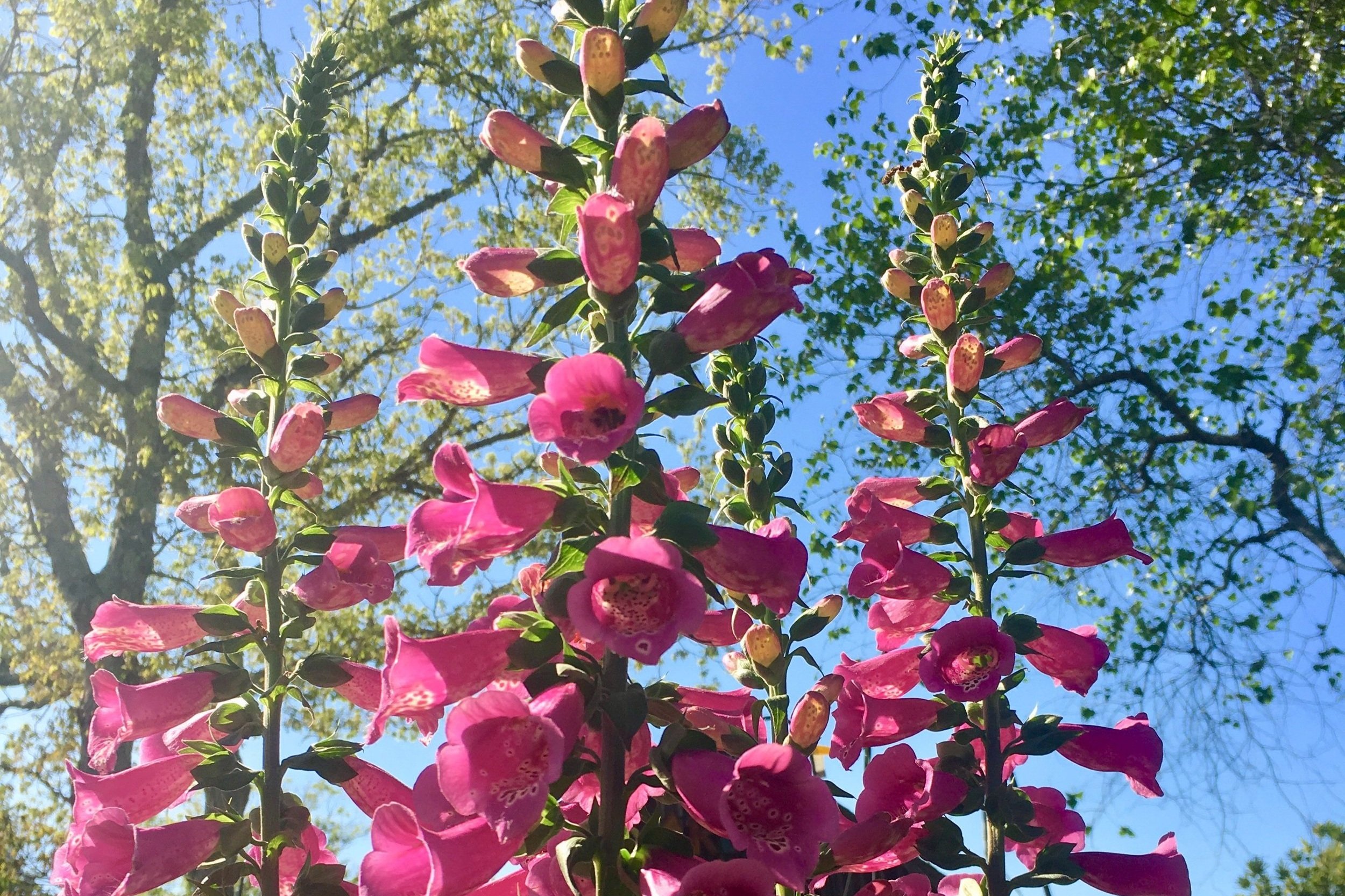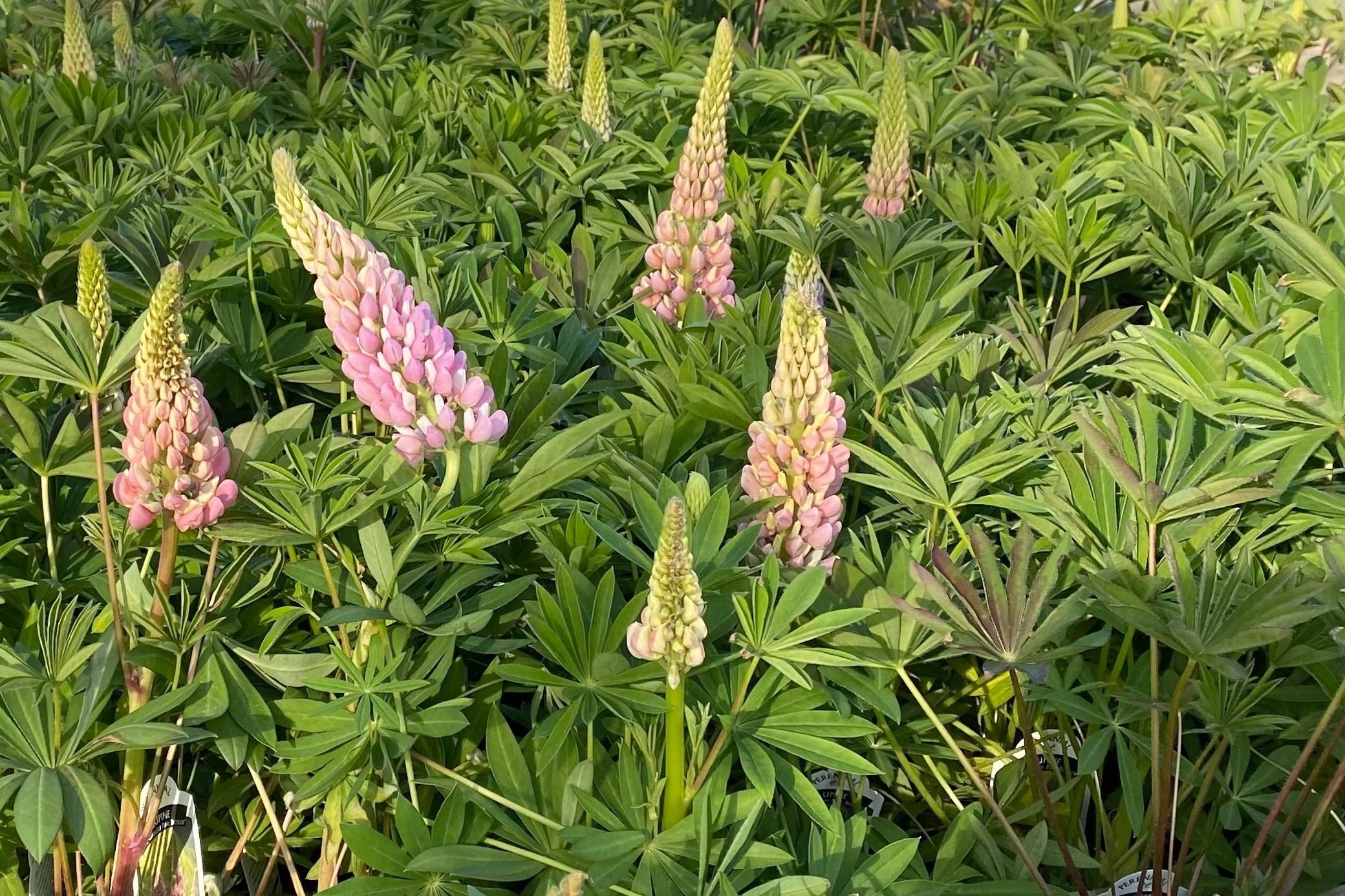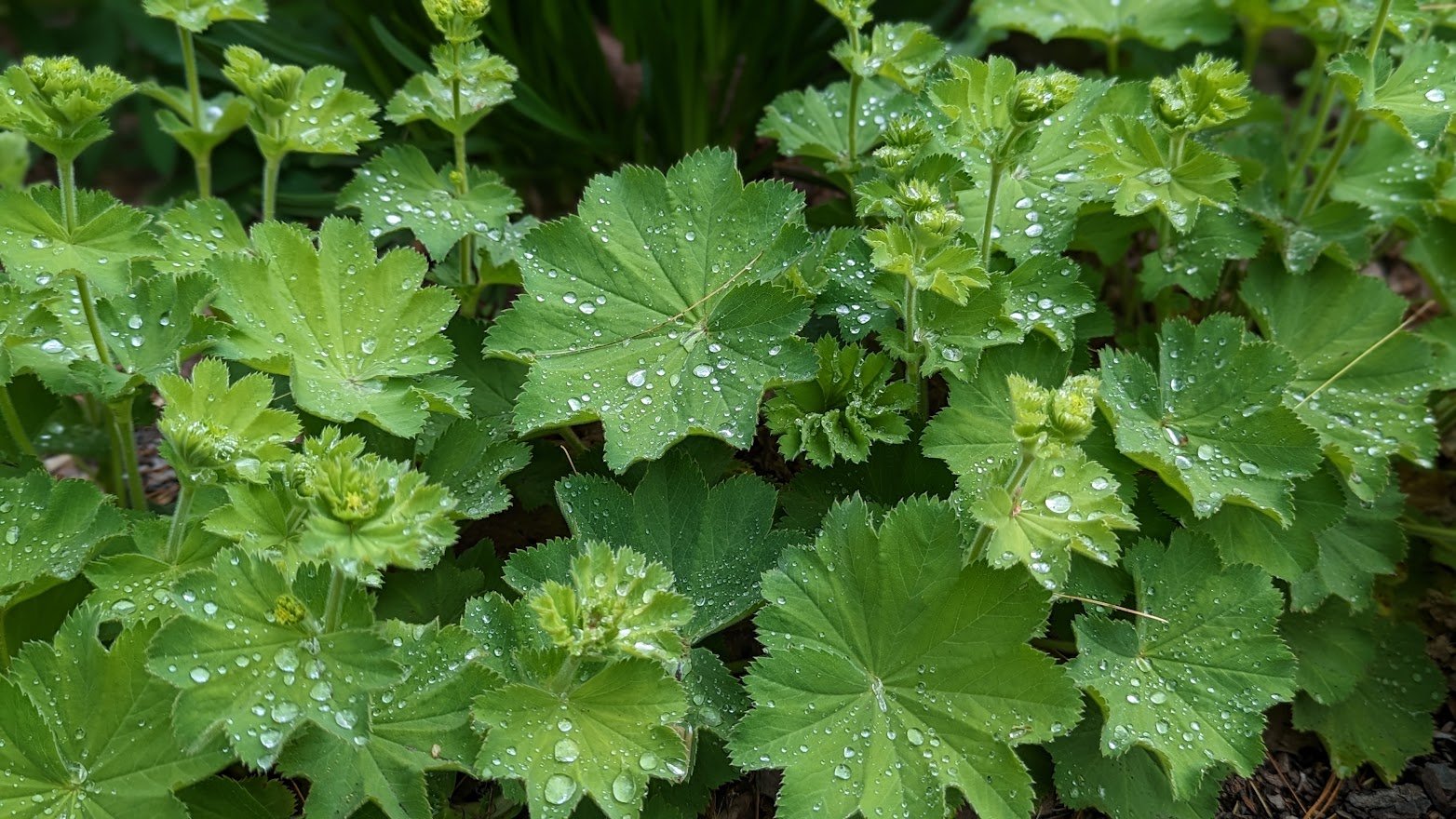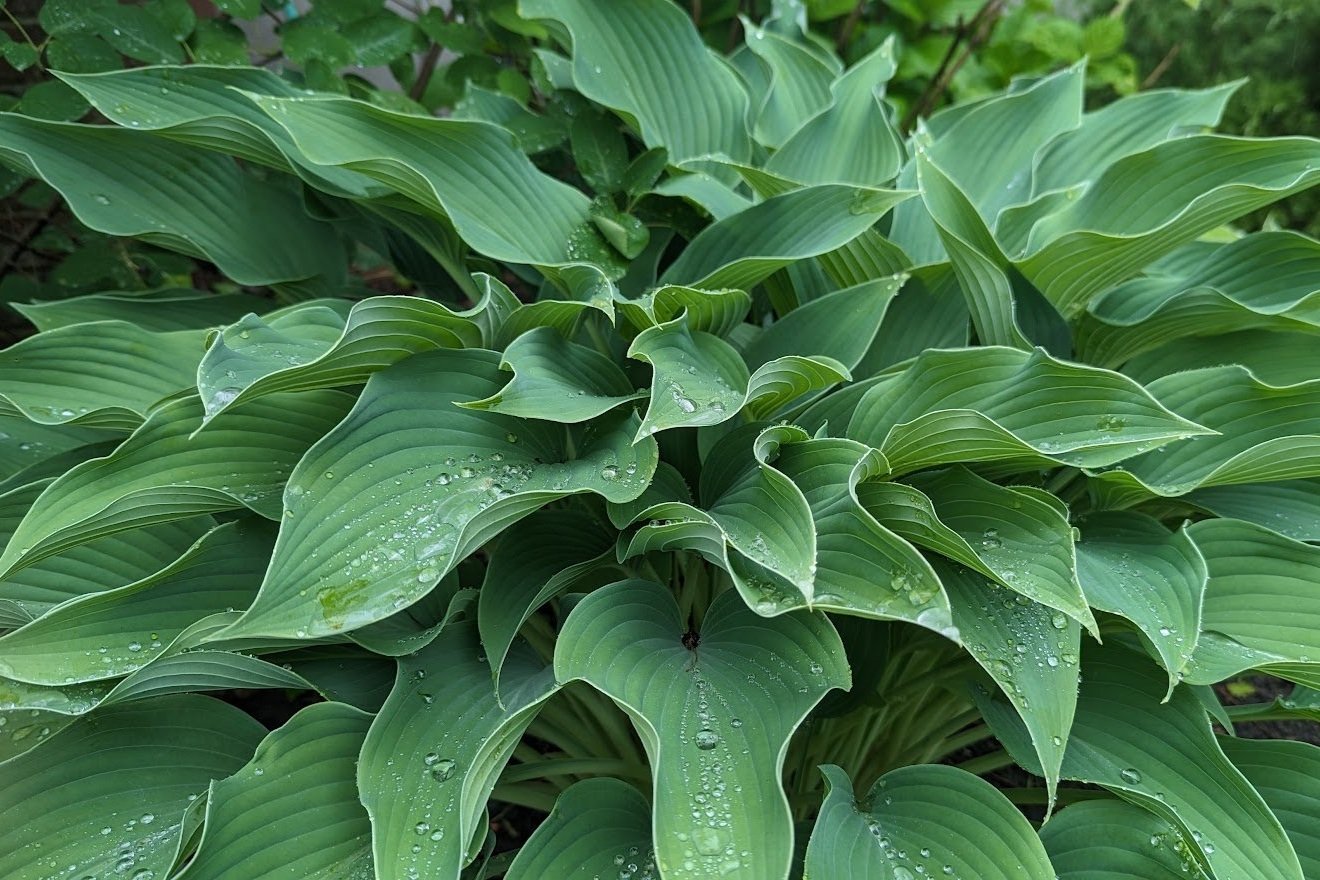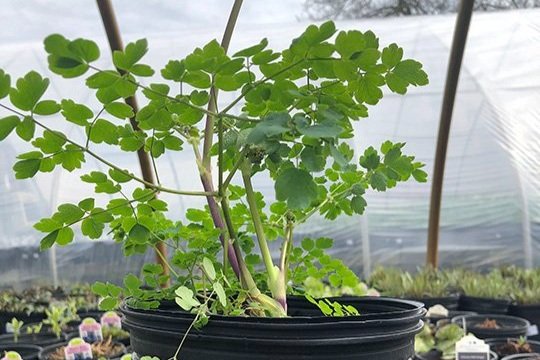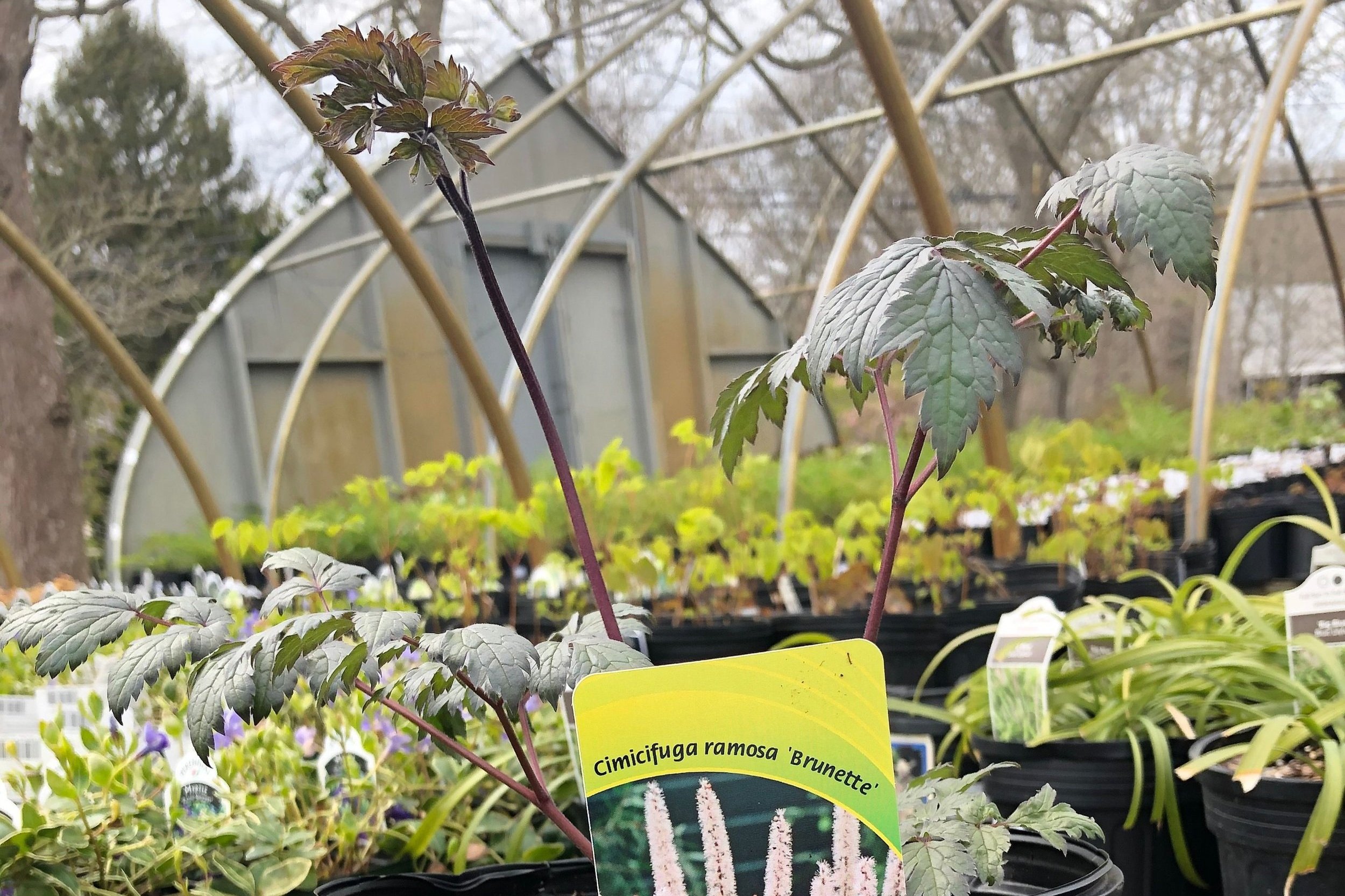EVERGREENS FOR SCREENING
Evergreens retain their foliage for a full year or more and are classified as either conifers or broadleaf evergreens. Coniferous plants belong to the phylum gymnosperms which are plants that bear cones instead of flowers as reproductive structures. Their leaves are called either needles or scales. These are adaptations for survival in tough windy droughty conditions, like on top of mountains. While broad leaf evergreens have flowers that produce seeds and belong to the phylum Angiosperms, the flowering plants. They are beautiful and functional! Both conifers and broadleaf evergreens are a wonderful asset to your landscape and for screening.
SCREENING is one of the most requested landscape functions. This can seem like a very simple request however from the grower’s perspective it is much more complex and dependent on budget and environment.
BUDGET: How much you have to spend on screening directly correlates to the amount of time it will take to achieve your end goal. The bigger the tree, grass or shrub, the more expensive it is and the more work it is to install. Faster growing plants are not always an ideal option. A fast growing plant can be weak wooded, suffering from high winds or winter damage, or the plant could be invasive and outgrow its location. Even very large transplants can take a couple of years to re-set their supporting root systems. The most economical and hardiest solution is to start your screening "vision" with smaller plants that can quickly establish themselves with slower growth screening behind.
ENVIRONMENT: The Island may be small but it is very diverse in terrain and habitats. What would work for a screen in Vineyard Haven will not necessarily work for screening on the north shore in Chilmark. There are many different soils, exposures and pests that can modify your choices. Deer are a big problem up island and poor, sandy soils are a problem in Oak Bluffs. Some areas have clay soils that cause poor drainage that can slowly kill off new plantings. Some have ample available water that can cause problems for plants like Juniper that are adapted to poor, dry soils. It may help to remember that what you see above ground is only half of the plant, what goes on below is perhaps even more important.







